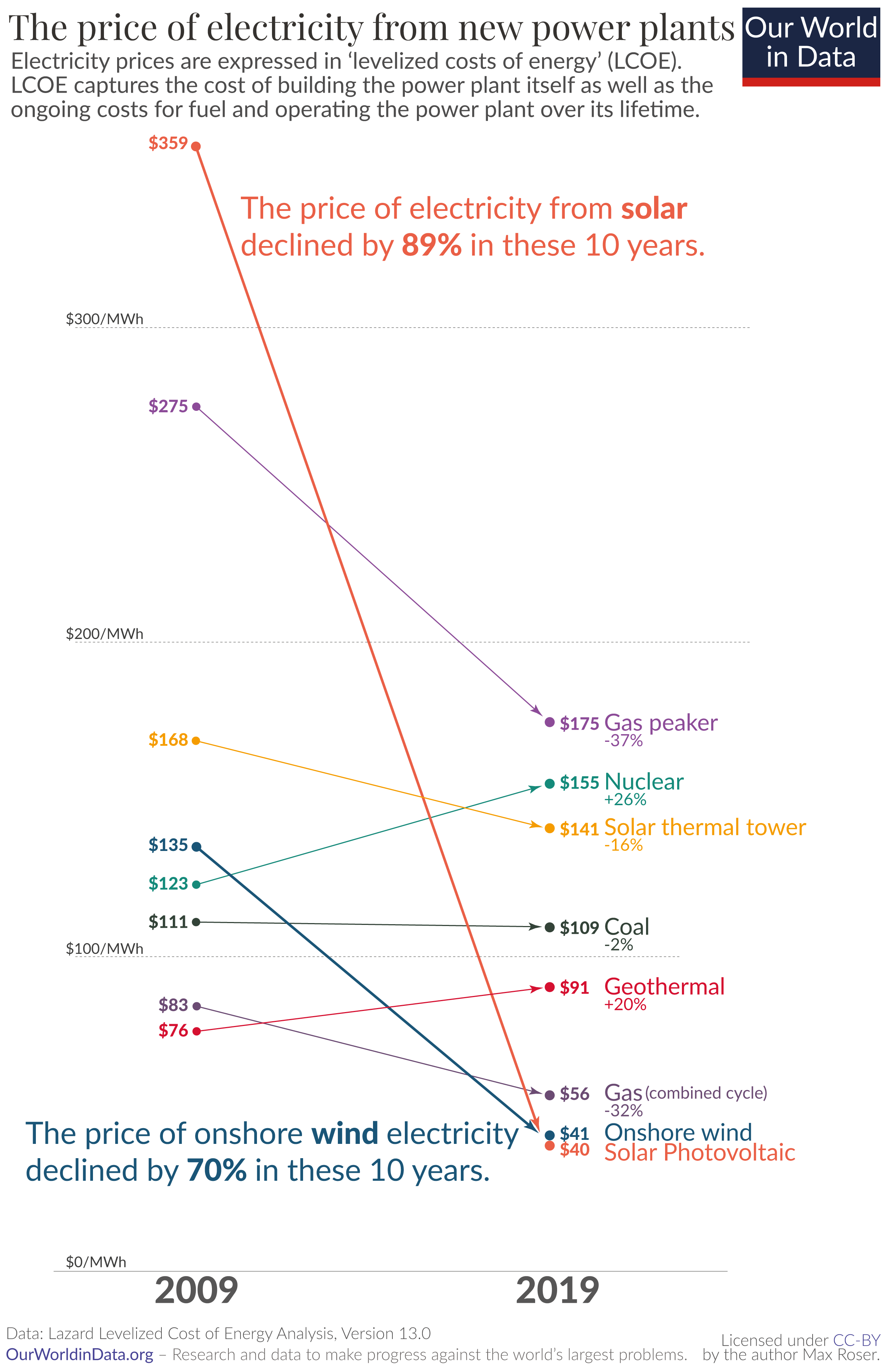Also from this week’s New Yorker, Anna Wiener reports on Substack and the kind of media the newsletter platform portends. I really appreciate the historical perspective here and the way she ties the rise of desktop publishing, not just blogging, to the current trends of self-publishing online.
Overall, I think Substack is on the right path, and Wiener’s piece does a fantastic job of covering where the service is a good fit (“Substack tone”) and some of its challenges, particularly around moderation and the culture war that tends to subsume all media.
Wiener ponders whether Substack’s vision is the media future we actually want, which might sound like a bit of an echo of the question that haunted the blogs we now pine for:
Readers of magazines, newspapers, and many Web sites, which publish established writers alongside emerging ones, automatically encounter new voices; on Substack, the most successful newsletters are almost always written by people who have already cultivated an audience at traditional publications or built up a following elsewhere. (I learned about “Maybe Baby” via the Instagram Explore algorithm.) Many of these writers, like Yglesias, consolidated their reputations in the previous two decades, as bloggers, before leveraging that work into book deals or columns at traditional outlets; now, having built large followings, they are working as free agents. Substack is a natural fit for the influencer, the pundit, the personality, and the political contrarian. It’s debatable whether this represents “a better future for news.” But it’s great business for Substack.
…
But whether Substack is good for writers is one question; another is whether a world in which subscription newsletters rival magazines and newspapers is a world that people want. A robust press is essential to a functioning democracy, and a cultural turn toward journalistic individualism might not be in the collective interest. It is expensive and laborious to hold powerful people and institutions to account, and, at many media organizations, any given article is the result of collaboration between writers, editors, copy editors, fact checkers, and producers.
The future bloggers wanted in the early aughts, with millions of sites sustained by … micropayments? ads? never materialized, but the style they pioneered ended up largely victorious. The newspapers and magazines that are thriving today have as much in common with last decade’s blogs as they do with the versions of themselves from a few decades earlier — what is today’s New York Times, with a styles sections headed by Choire Sicha, but the best bloggers plus the world’s best hard news and politics reporters (old news hacks will no doubt claim it’s the bloggers who took after them, which is both true and irrelevant). Ultimately, it’s probably ok that Substack is primarily for “the influencer, the pundit, the personality, and the political contrarian” since it will always be one platform among many on the web.
Beyond how they handle moderating the actual content, I see two business challenges ahead for Substack:
- Untangle themselves from “the newsletter platform” and become something more general-purpose, that embraces the web and the individuality of their writers. I’m confident they’re working hard on this one and if they succeed, we’ll remember Substack as the newsletter platform the same way we remember Netflix for their red envelopes.
- Sort out a new bundle. This is going to be much trickier — not only do they need to figure out the product but they’ll need to corral some percentage of writers, all of whom are free to take their subscriber lists somewhere else whenever they’d like.
Traditional media thinkers and critics want platforms like Substack to take on the full gamut of what traditional media has done, to report the hard news as well as the lifestyle and opinion sections. That bundle made sense for publishers at one time (and continues to make sense for publishers like the Times with large, international audiences) because the lifestyle section paid for the hard news but it’s been completely disintermediated by the internet. It would be fantastic if Substack were to fund the kind of journalism that holds power accountable, but I don’t think it’s a requirement.
